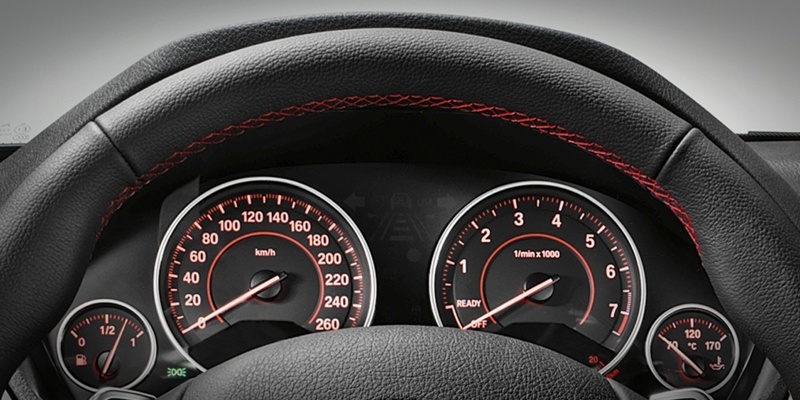There are 50 drivers who are still on the road in Tayside and Fife despite racking up enough penalty points to be disqualified.
Although they have repeatedly committed road traffic offences, they have been able to persuade the courts they should be allowed to carry on driving.
Figures from the DVLA show there are eight drivers resident in Angus who have kept their licences even though they have 12 or more penalty points, with another seven in Dundee and 10 in Perth and Kinross. Fife has 25 such drivers still behind the wheel.
They are among 387 motorists across Scotland who have accumulated enough points within three years to merit disqualification of at least six months under the totting-up procedure but who remain on the road, usually because they have claimed a ban would cause them exceptional hardship.
But road safety charity Brake is calling for tougher treatment of drivers who flout the law and put other road users at risk by committing offences such as driving without insurance, speeding and using a phone while driving.
It has found that 43% of drivers across Britain with 12 or more points have not been disqualified, although Scottish courts were not as lenient as those south of the border.
Brake campaigns director Julie Townsend said: ”Clearly when the points system was designed, it wasn’t intended that nearly half of drivers with 12 points would evade disqualification.
”It is outrageous these individuals, who rack up offence after offence, are allowed to continue driving, causing enormous risk to the public.
”Drivers who repeatedly flout traffic laws have shown complete disregard for the lives of other road users. They have also had ample opportunity to desist breaking the law before reaching 12 points and facing disqualification.”
Some of the Scottish drivers on the list have greatly exceeded the 12-point barrier. There are two, from Edinburgh and Motherwell, who have each had 26 points imposed for a variety of offences, including speeding and careless driving.
Andy Goldby, spokesman for insurers Direct Line, said: ”It seems ‘exceptional hardship’ isn’t that exceptional after all. Someone who has accumulated more than 12 points on their licence has shown a complete disrespect for the law. It sends out an entirely wrong message that these individuals are still allowed to drive.
”Drivers with points on their licence are statistically more likely to have a collision and the likelihood increases with the more points they have. The ‘hardship’ one of these drivers would feel with the removal of their licence is nothing compared to someone involved in a collision with one of them.”
A DVLA spokesman said: ”Whilst DVLA maintains a record of all GB fixed penalties and court-ordered endorsements, the agency has no responsibility or influence on court-imposed sentences.
”In Scotland, sentencers determine each case on its merits and give full consideration to the most appropriate way of dealing with it. The penalty imposed reflects the seriousness of the offence and the personal circumstances of the offender.
”In a small percentage of cases where the driver has accumulated 12 or more penalty points, the agency understands that a court can exercise its discretion and not disqualify the driver.
”In the majority of these cases, sentencers may have decided to allow drivers to retain their entitlement to drive where it is considered that disqualification would cause exceptional hardship.”
There is no specific definition of exceptional hardship, but courts will take into account the impact a ban would have on a driverincluding his employment and financesand on others dependent on him, such as family members or employees.
